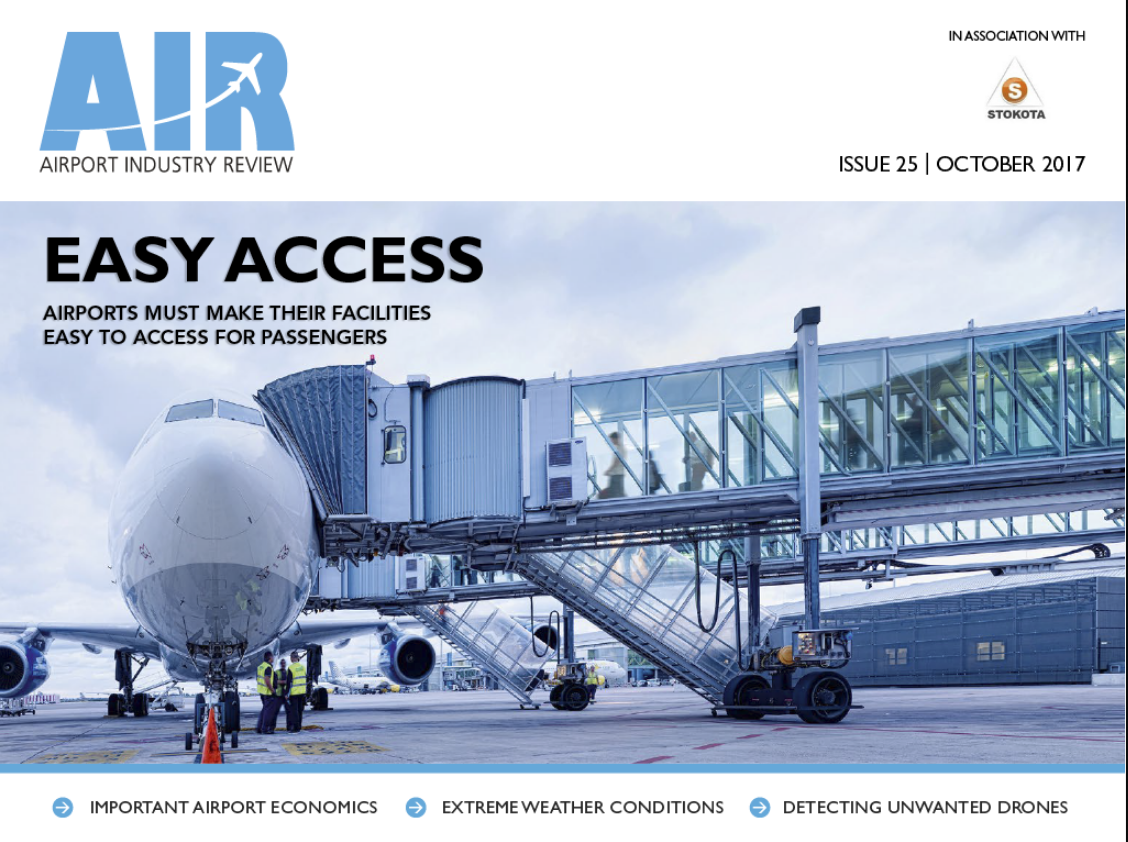Can the Middle East become a global manufacturing hub?
According to the World Bank, manufacturing added 14% to GDP across the Middle...
According to the World Bank, manufacturing added 14% to GDP across the Middle...

Military and other high reliability system designers are under continual pressure to reduce costs and development times. Following the DoD’s “COTS Directive,” one of the primary methods of achieving these goals is to forego military standards and specifications, and instead use the best available commercial practices, standards, components, and hardware.
FLC gun sight mini lasers are customised compact structure laser diode modules.
The new FRLD-1535-xxxµJ-Q-BEyy series of laser modules are an integrated 1535nm high-energy erbium glass microchip laser with up to 40x beam expander and photodetector (PIN).
The FPYL-532-50T-SLM-C and FPYL-532-100T-SLM-C have an outstanding wide operating temperature range between -40°C to +60°C.
GlobalData’s Tech in 2030 report predicts the market will remain on track for a space infrastructure boom by 2030.
The FNV-402-3000M is a unique 402nm laser diode that delivers the record-breaking output power of >3W.
Project Tucana was placed first in the ‘Automotive and Road Transportation - Structural’ category at the 2022 JEC Innovation awards.
The new Green Laser Dazzler GLM-520-850-25560 from Lasence delivers 850mW of green light (520nm).
Frankfurt Laser Company is pleased to announce a contract-based partnership with Beijing RealLight.
The new features on the Harpy NG will counter newer types of air defence radar threats.
Airport Industry Review is the essential reading material for decision-makers in the airport industry, bringing you the latest news and analysis in an exciting, interactive format.







